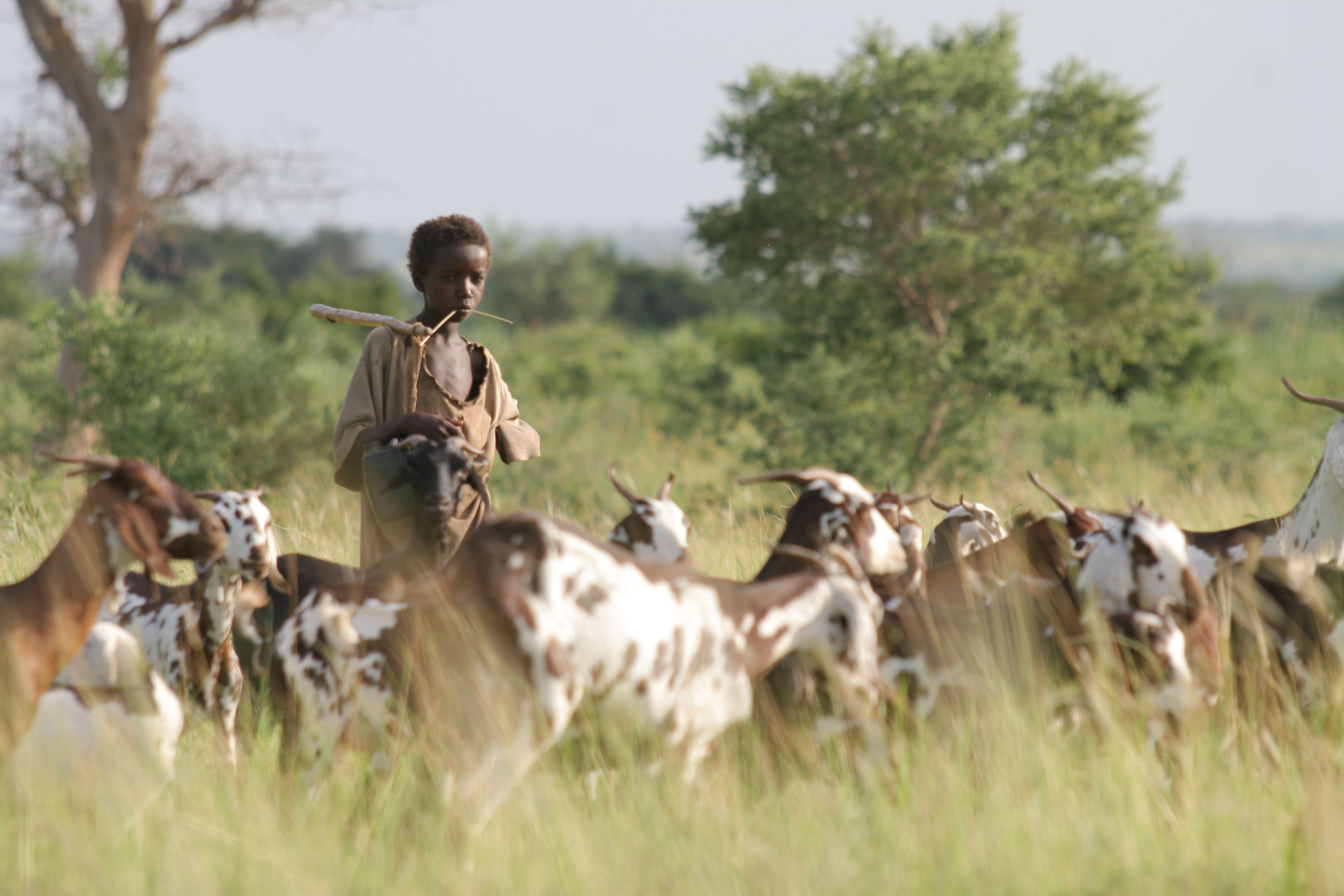Contact Details:
Eric Fèvre (eric.fevre@liverpool.ac.uk). Institute of Infection and Global Health (IGH), University of Liverpool and jointly appointed at the International Livestock Research Institute, Nairobi, Kenya.
Background
One of the greatest challenges facing global health security is antimicrobial resistance. An understudied key component of the epidemiology of antimicrobial resistance is the role of wildlife, especially wildlife found in urban environments. In this study, scientists investigate the carriage of antimicrobial resistance in peri-domestic wildlife, humans, livestock and their shared environment across the developing city of Nairobi in Kenya. The data generated have been used to examine the role of urban wildlife in the spread of clinically relevant antimicrobial resistance.
Project Overview
Regions within the city were selected on the basis of a socioeconomic stratification. Within these, households (n=99) were randomly selected, ensuring that households with and without domestic livestock were selected. A detailed survey of household characteristics was undertaken, and faecal, environmental and other samples were collected. In all, over 2000 wildlife samples, representing 75 different wildlife species, were collected, together with similar number of livestock and human samples, and samples from the wider environment.
Research Impact
Wildlife from urban environments were found to carry a high burden of clinically relevant antimicrobial-resistant E. coli, exhibiting resistance to drugs considered crucial for human medicine by the World Health Organization. Wildlife that interact closely with humans, livestock, and both human and livestock waste within households, were exposed to more antimicrobial resistant phenotypes, and could therefore act as carriers for the dissemination of clinically relevant antimicrobial resistance to the wider environment. These results provide novel insight into the broader epidemiology of antimicrobial resistance in complex urban environments, characteristic of lower-middle-income countries, and demonstrate the importance of taking an ecological approach to understanding AMR in complex environments.
Researchers
James Hassela,b, Melissa Wardc,e, Dishon Muliob,c,d, Judy Bettridgea,b, Timothy Robinsonf, Sam Kariukig, Allan Ogendob, John Kiirug, Titu Imbomah, Erastus Kang’ethei, Elin Öghrenj, Nicola Williamsa, Michael Begonk, Mark Woolhousec,d, Eric Fèvrea,b.
Institutions Involved
- Institute of Infection and Global Health, University of Liverpool, UK
- International Livestock Research Institute, Nairobi, Kenya
- Centre for Immunity, Infection and Evolution, University of Edinburgh, Edinburgh, UK
- Usher Institute of Population Health Sciences and Informatics, University of Edinburgh, Edinburgh, UK
- Nuffield Department of Clinical Medicine, University of Oxford, John Radcliffe Hospital, Oxford, UK
- Food and Agriculture Organization of the United Nations, Rome, Italy
- Centre for Microbiology Research, Kenya Medical Research Institute, Nairobi, Kenya
- National Museums of Kenya, Nairobi, Kenya
- University of Nairobi, Nairobi, Kenya
- Department of Medical Biochemistry and Microbiology, Uppsala University, Uppsala, Sweden
- Institute of Integrative Biology, University of Liverpool, UK
Funding
UK Medical Research Council and CGIAR Research Program on Agriculture for Nutrition and Health.
More information
- Full publication available here: https://doi.org/10.1016/S2542-5196(19)30083-X
- An integrated study of human and animal infectious disease in the Lake Victoria crescent small-holder crop-livestock production system, Kenya.https://doi.org/10.1186/s12879-017-2559-6
- Zoonoses in Livestock in Kenya(ZooLink). http://www.zoonotic-diseases.org/project/zoolink-project/
